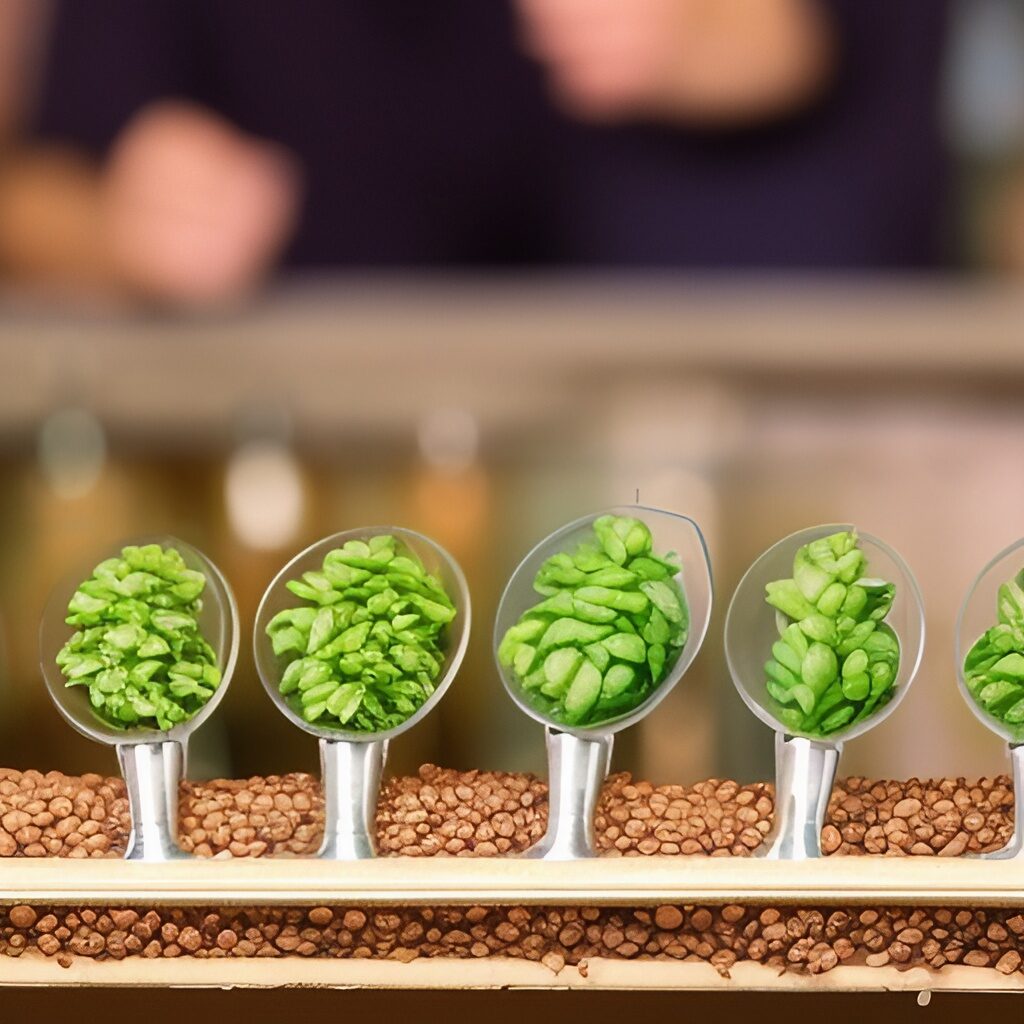
Everyone loves beer! But how many people know what they are made of? It can be quite fascinating to know the different ingredients that go into making your favorite beverage.
Every beer style is different and has a unique flavor, but there are some general ingredients that are used in most beers.
In this article, we will be digging deep into different types of beer styles and looking at what they are made of! So if you are a beer lover and want to know the beer recipe, then this article is definitely for you.
What makes the brewing process of beer so special?
The fermentation process is the key to beer-making. Beer brewing combines artistry and a scientific approach, especially evident in how different grains influence the beer’s flavor, aroma, and color. This is where the sugars in the malt are converted into alcohol. The type of yeast that is used will determine the final alcohol content of the beer.
The process takes about two weeks and the beer is then left to age or mature. This helps to develop the flavor of the beer and make it smoother.
Even carbon dioxide is added to some beers to give them a fizzy taste, which can make beers more refreshing and thirst-quenching.
Different types of beers including Pale Ales
Before we jump into the ingredients of beer, let’s take a quick look at the different types of beers that are available.
There are many different types of beer, but the most common ones are:
Ale
IPA (India Pale Ale)
Wheat beer
Each beer has its own unique flavor, so it is worth trying out different types to see which one you like the best.
Depending on the type of beer, the ingredients might be different. For example, pale ales use pale malt, while dark beers use darker malts.
Top beer ingredients
Let’s explore the main ingredients in beer, which are water, malt, hops, and yeast, and understand their pivotal role and importance in the beer-making process, including how they influence the flavor, aroma, and characteristics of the final product.
1. Water
The first and the obvious ingredient in beer is water. Beer is around 90% water. The quality of water used in brewing beer has a great impact on the final product. A homebrewed beer, for example, will taste different if you use spring water instead of tap water.
2. Lager Yeast
Yeast is a microorganism that ferments the sugars in the wort to create alcohol and carbon dioxide. There are many different types of yeast strains used in brewing beer, each resulting in a beer with its own unique flavor profile.
For example, lager yeast is a type of yeast that ferments at a lower temperature and results in a crisp, clean-tasting beer. An ale yeast, on the other hand, ferments at a higher temperature and results in a beer with a fruitier flavor.
Lager yeasts are typically used to brew light-colored beers, such as pilsners and lagers, while ale yeasts are used to brew darker beers, such as stouts and ales.
Additionally, wild yeast, particularly Brettanomyces, is used in brewing to impart unique flavors and aromas, often associated with sour beers.
3. Hops
Hops provide beer a bitterness that balances out the sweetness of the malt, contributing to the beer’s bitter taste. They also add aromatics and flavor to beer through the use of aroma hops, which are specifically chosen for their ability to impart a wide range of flavors and aromas, from fruity and spicy to flowery and resiny. There are many different types of hops, each with its own unique flavor profile, including those that add balanced beer notes and provide unique tastes, ranging from earthy to citrussy, and herbal to pine-like.
Hops are nothing but the female flowers of the hop plant. These days, they are typically used in the form of pellets or as a concentrated syrup known as wort. The essential oils in hops, such as myrcene, humulene, caryophyllene, farnesene, ẞ-pinene, and limonene, play a crucial role in contributing to the flavor and aroma of beer. These compounds give beer its characteristic bitterness and various aromas, highlighting the importance of adding flavor and aroma hops at specific points in the beer-making process to preserve the sensitivity of essential oils to heat.
4. Malted Barley
Malt, primarily derived from malted barley, is the main source of fermentable sugars in beer. It is produced by soaking grains, specifically malted barley, in water and then allowing them to germinate. The germination process converts the starches in the grain into sugars.
The beer yeast feeds on these sugars and ferments them into alcohol. The type of malt used has a great impact on the flavor of the beer. For example, using darker malts will result in a beer with a darker color and a maltier flavor.
5. Grain
The most common grain used in brewing beer is barley. Other grains that are sometimes used include wheat, oats, and rye. These grains add different flavors and characteristics to the beer. For instance, wheat can contribute a slightly sour touch to the beer, which is a notable characteristic in some sour beers.
Grain is an important part of the brewing process as malted grain adds a range of flavors to beer, from sweet to biscuit-like. It also provides the body and mouth feel of the finished product. Additionally, using adjuncts like oats in beers brewed with them can lend their own unique character, such as the creamy texture in an oatmeal stout.
So these are some of the most common ingredients used in brewing beer. Of course, there are many other ingredients that can be used, such as
Corn
Wheat
Rye
Oats
And more
It mainly depends on the type of beer you are brewing and who is the target audience. Different types of beer require different ingredients.
Conclusion
So there you have it! These are some of the most common ingredients used in brewing beer. Each ingredient plays an important role in the final product. So, if you are planning to brew your own beer, make sure you use the right ingredients. Cheers!
